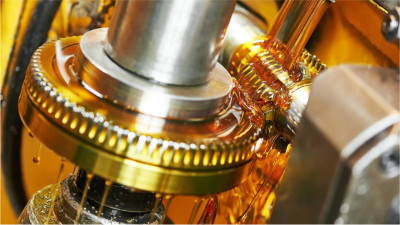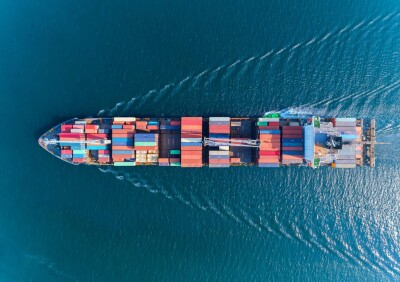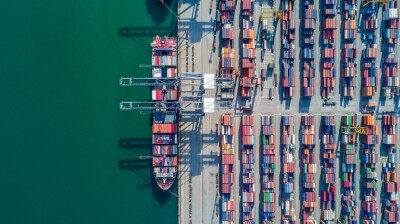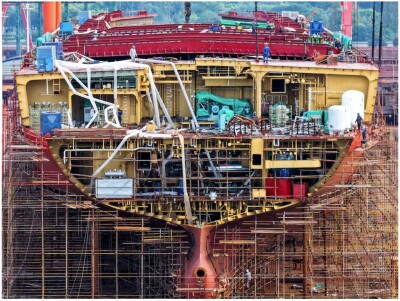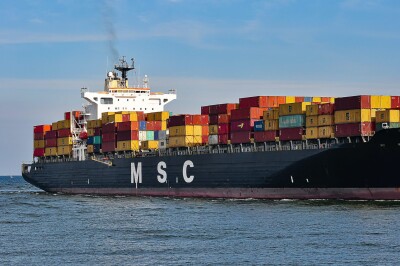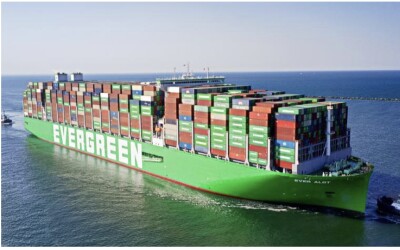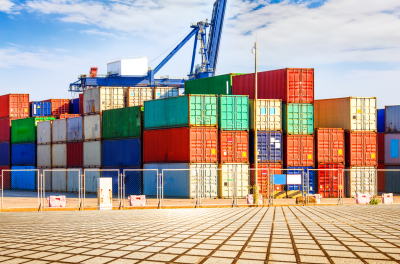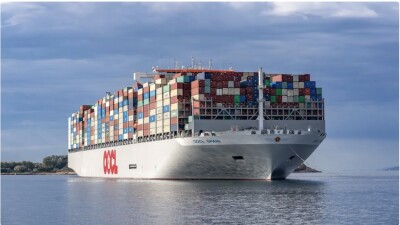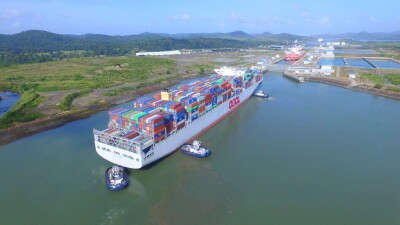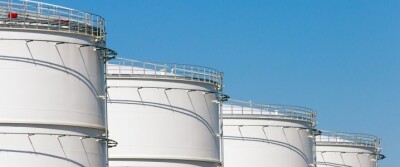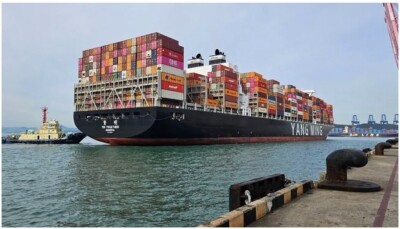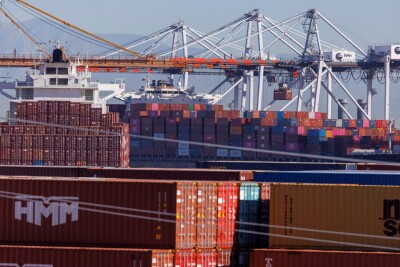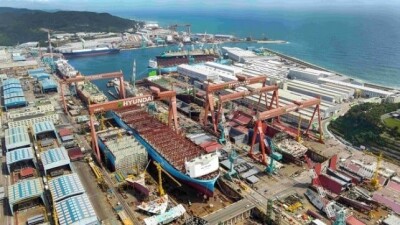Marine Insurers Update Electric Vehicle Fire Safety Guidelines for Car Carriers
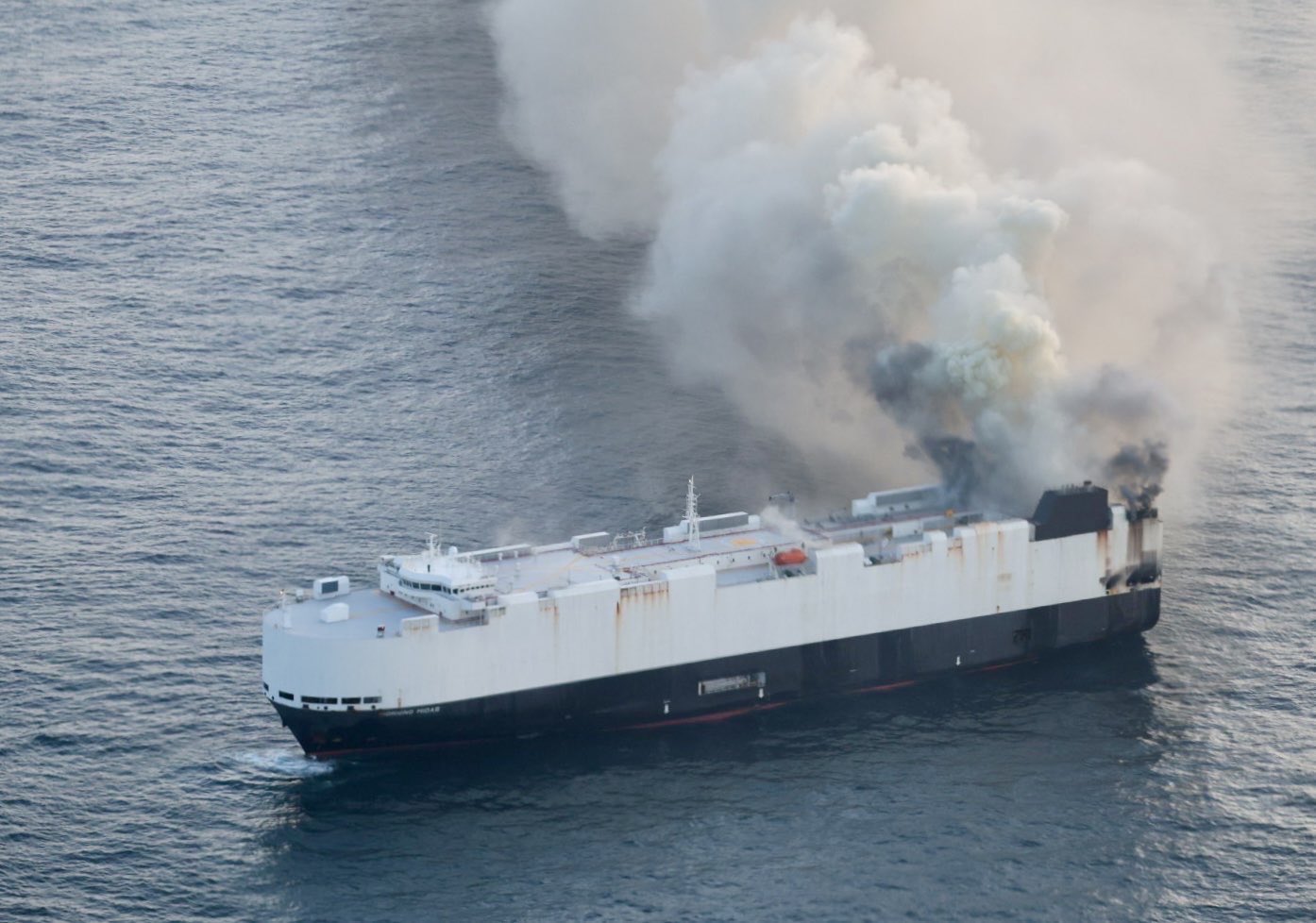
Photo shows the Morning Midas, carrying electric vehicles, on fire on June 3, 2025. Photo courtesy U.S. Coast Guard
The International Union of Marine Insurance (IUMI) has released an updated version of its safety guidelines titled “Risk mitigation for the safe ocean and short-sea carriage of electric vehicles,” addressing the growing concerns around EV fires aboard vessels.
With approximately 20 million cars shipped annually by maritime transport and electric vehicles being transported in increasing numbers since 2017, the shipping industry faces new challenges regarding fire safety. IUMI Secretary General Lars Lange noted that while no maritime fires to date have been conclusively attributed solely to electric vehicles, the industry recognizes that EV fires present different characteristics compared to traditional internal combustion engine vehicles.
“We are well aware that the characteristics of an EV fire are different to those emanating from a standard internal combustion engine vehicle (ICEV) and it is important that carriers, operators and insurers understand the risks involved and the measures that might reduce that risk,” said Lange.
The updated guidelines focus on five key areas: potential gas accumulation during thermal runaway events, total energy release and peak temperatures in EV fires, challenges with Pure Car and Truck Carrier (PCTC) ship design, implementation of a “Fixed First” approach for firefighting on PCTCs, and limitations of foam-based extinguishing systems.
Among the most significant findings is that during thermal runaway, EVs can release flammable gases that pose explosion risks in unventilated spaces. Research also indicates that while the total energy released by EV and ICEV fires is comparable, EVs may exhibit higher peak heat release depending on battery type, with some EV fires capable of exceeding 1,000°C compared to approximately 600°C for conventional vehicles.
The document emphasizes the structural vulnerabilities of modern PCTCs, which feature large undivided horizontal decks that allow fires to spread rapidly. It advocates for a “Fixed First” approach where fixed firefighting systems are activated promptly before any manual intervention, as accessing burning vehicles is extremely hazardous.
IUMI is actively participating in the IMO Correspondence Group on this subject, which reports to the IMO Sub-Committee on Ship Systems and Equipment. The group is currently developing an action plan to enhance fire safety measures for ships carrying new energy vehicles.
News
